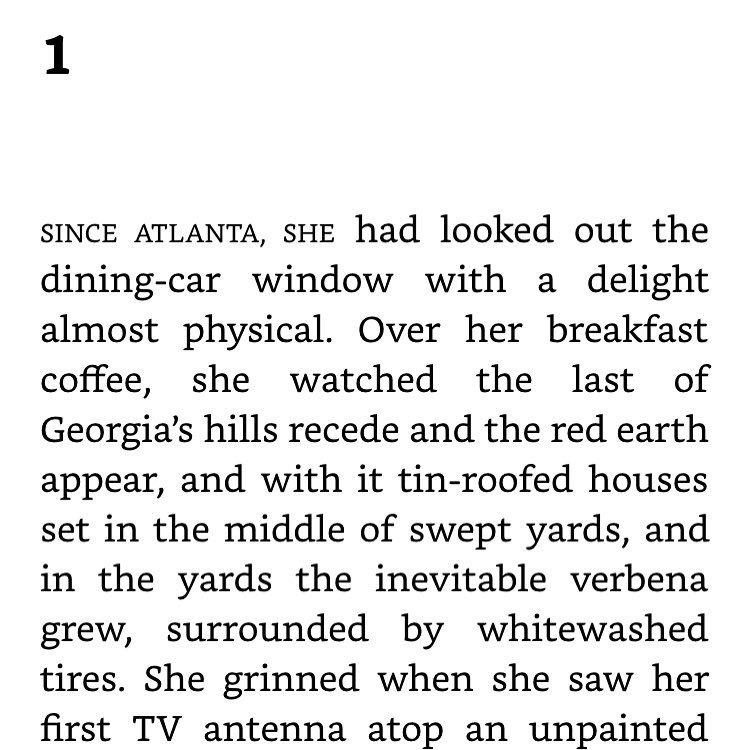Book Review: Go Set a Watchman
I’m sure most have read To Kill a Mockingbird by Harper Lee because of required high school English classes. That’s how I read it over six years ago and despite remembering very little about the novel, I do remember that I enjoyed it. Therefore, when I heard in the spring that another novel by Harper Lee was set to be released soon, I was interested. Most of the talk that I’ve seen about Go Set a Watchman has been focused on the book’s relationship to To Kill a Mockingbird and does not think that the two books are consistent with one another. Because Harper Lee’s first book was such a classic success about childhood innocence and hope in human nature, I don’t think it is fair to compare the two so closely. The beauty and perfection of To Kill a Mockingbird is impressive to achieve once for an author and I think we are too demanding from Harper Lee to assume Go Set a Watchman will be as influential. It will never be a strong stand-alone book, but that doesn’t mean that the lessons found within its pages are any less relevant. It also doesn’t mean the book isn’t entertaining because I found myself unable to put it down.
(Spoilers from this point on)
The book follows the story of Scout, who has now adopted her more mature name of Jean Louise. She is 26 now and returning from New York to visit her aging father Atticus and spend a short vacation back home in Maycomb, Alabama. The first chapter of the book is jarring. We learn, very quickly, that her brother Jem died and that Jean Louise has a romantic relationship with a childhood friend, Henry Clinton, or as he is referred to by her, Hank.
Much of the book is Jean Louise’s fond memories of her childhood and comparing it to the changes that have been made in Maycomb since she left her hometown. Critics have complained about the book having a large portion of flashbacks, but I thought that they were enjoyable and necessary. See, what the book is really about is that Scout is still growing up; she still has that innocent girl left in her that idolizes her father and honestly can’t see color of people’s skin. The flashbacks were needed to show the difference in Southern culture from an idealized childhood to present and the lack of difference in Jean Louise’s convictions.
Set in the 1950’s, the NAACP is on the rise and the South is expected to change, but they are bigoted and resent anyone for telling them what to do. Councils of white people are held to determine what to do about the black population and Jean Louise finds her father and Hank at one of these meetings. Reasonably so, and because it goes against anything she has ever believed about her father, Jean Louise breaks down and has to learn how to be her own person. She is firm throughout the book, that everything she learned about the world and about morals and justice, she learned from her father, Atticus. To learn that her father is human, is the main conflict of the novel. As a reader, it is hard to believe that Atticus Finch, the man who in To Kill a Mockingbird acted as defense lawyer for a black boy accused of rape is now a bigot himself. However, I think, and the book spends a long time discussing this, that this character trait is consistent with Atticus as a person. It makes the characters believable, but muddies the waters considerably.
The racial commentary within this book is strong in helping understand the South’s motivations as well as the tensions present during this time. I am with Jean Louise and her fury and disgust at her father, but I also sympathize with how hard it is to learn that the people who taught you to be good and kind hearted turn out to harbor harmful and hypocritical opinions. Sometimes all you can do is decide to love all of whom they are anyway and work to make the world a better place yourself.

